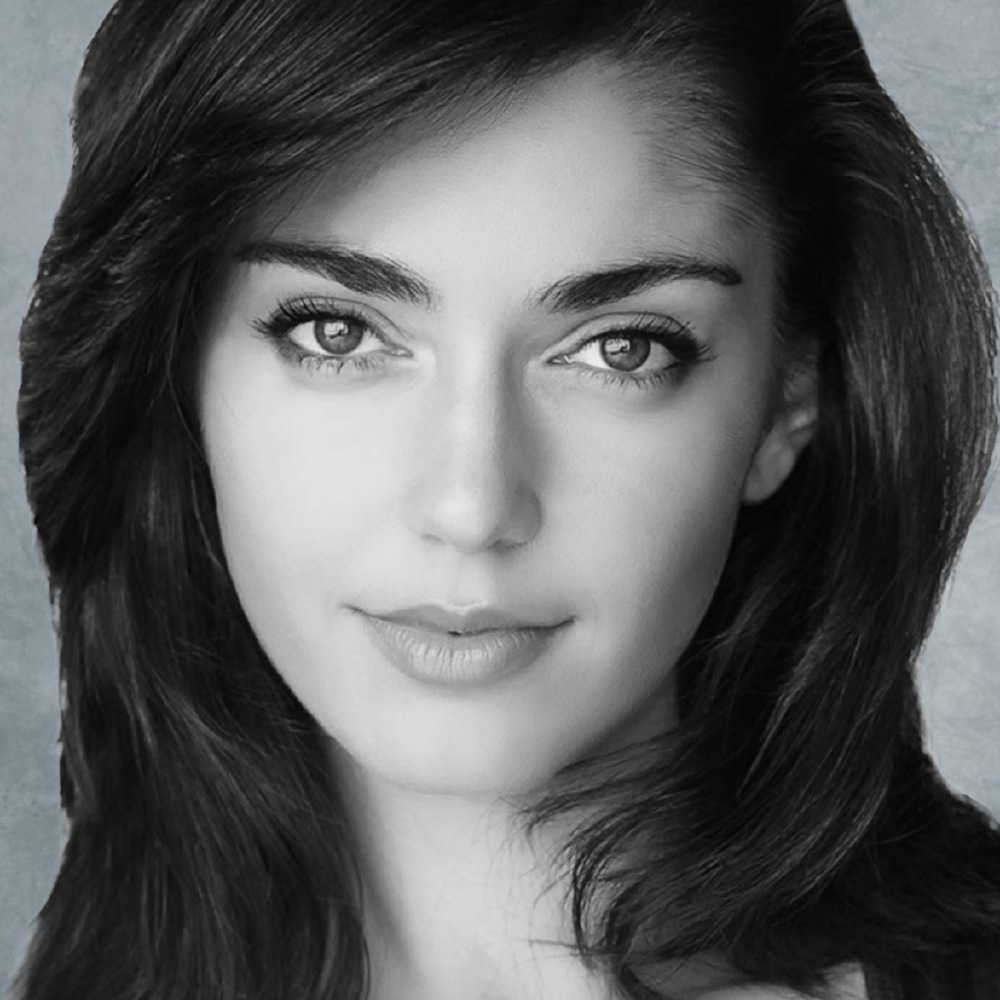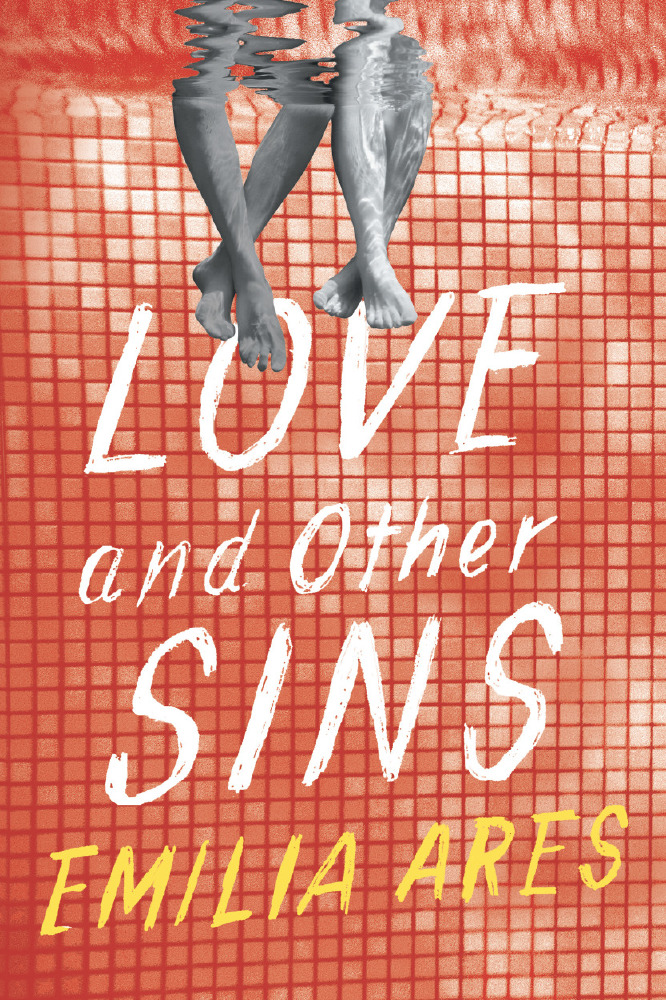I’ve been working as an actress for many years. My body of work includes television shows like NCIS, American Horror Story, and Bosch and films like Falling Overnight, V/H/S Viral, The Dark Tapes, and Follow Me.

I began writing while on set for a movie just after graduating high school. There are times when actors wait hours between takes if there’s a new set-up happening. In those situations, it’s best to do something productive and take your mind off the scene you’re filming. Having an activity during breaks helps me keep my acting fresh and my reactions natural. Reading is a great go-to, but it just wasn’t doing it for me on this particular day. I had a story and characters – Oliver and Mina – who were living in my head and nagging at my brain. I needed to get them on paper. I wrote a chapter of their story into my notes on my iPhone. I also jotted down some ideas about what would happen to them on their journey. Then, I just forgot about it for a while. Months later, I found the note and showed it to my sister, who said she loved the story and thought it would make a good book. So, I transferred it into Microsoft Word and began fleshing out the story that eventually became Love and Other Sins.
My training as an actor significantly impacted my writing and the crafting process for developing my characters. One of the most important ways an actor can prepare for a role is scene/character study. Any of the methods will do just fine: Stanislavski, Meisner, Chubbuck, Strasberg, Hagen, Adler, ect. It’s about preference. It doesn’t matter which you choose as long as it works for you because they all have one essential thread tying them together. “What does the character want?”
When you examine a scene in a screenplay, you beg the question:
What does my character want at this moment?
Where do they start the scene and where do they end it?
How do they change?
Who or what is the catalyst for that change?
And when you analyse the screenplay overall, you ask yourself: How does my character evolve or deteriorate throughout the story? Essentially, the answer to this question is the definition of character arc. Acting out tricky scenes helped me determine which physical limitations, specific body movements, quirks, and other maneuvers worked, and which didn’t.
When I auditioned for parts, there would be times when I had to go through character analysis for three separate projects and three different characters in one day. Based on very little information, I would have to break down what the character wants and figure out their micro/macro motivation. It forced me to become skilled at quick. These skills help a writer craft a complex narrative under the umbrella of a universal driving force. Motivation fuels underlying thoughts. Underlying thoughts give depth to dialogue and help flesh out characters in the same way that internal thoughts grant insight to readers in novels.
Creating a backstory for my characters on and off the screen was vital. More times than not, my character’s backstory was not provided to me either because the project was trying to remain hush-hush or because the script did not explicitly discuss my character’s history. So, I’d invent my backstory.
That process is very similar to writing characters in a book. I used the provided breakdown from the casting process, including any traits, qualities, strengths, weaknesses, quirks, to make an educated guess about what this person ultimately wants/needs from life. I took into consideration the character arc in the scene/overall story to create a reasonable history. In the case of American Horror Story, I would ask myself: Where was Princess Anastasia Romanova born? Where was she raised? Who raised her? What excites her? What life events shaped her? What empowered her? What scarred her? What are her secrets? And how do those things affect the way she walks, carries herself, speaks, etc.? A deep backstory is not usually explored in a film, but it exists in the thoughts of the characters and ultimately informs their actions. A detailed and specific backstory leads to a richer “life of the character.”
Scene study and my on-set experiences were great practice when it came time to create my characters’, Oliver and Mina’s, backstories. I would pretend they were characters I was going to play. I entered their minds the way I would when I played my characters on set. My approach might differ from most traditional writers and may very well be why I opted to write in first-person. I was documenting the moments as if they were happening to me in real-time. Later, I rewrote the novel into past tense to give the storytelling and pacing more flexibility.
Although there are many things that acting can’t help a writer do, like crafting nuanced, refreshing, and poetic prose. I think every writer would benefit considerably from practicing basic acting techniques and applying them to their characters. I noticed writers among us during my acting classes. When I asked them what they hoped to gain from our work together, they would explain that they were there to observe the difference between what works on paper, what works in rehearsal, and what stops a scene from progressing.
6 simple acting exercises to help you craft your characters:
1. MACRO GOAL: Determine what the character wants from life more than anything?
2. MICRO GOALS: What does the character want in this given moment? Make sure the micro-goals support the macro goal.
3. What HURDLES make it difficult for the character to achieve their micro goals and macro goal? Consider micro-hurdles versus macro-hurdles.4. INNER THOUGHTS: Hear the character’s constant flow of internal dialogue in your mind, especially during central moments. Make sure previous circumstances inform inner thoughts.
5. PREVIOUS CIRCUMSTANCES: The character history that determines why your character is the way that they are. Previous circumstance explains how the character operates in the world and why.
6. ACTIVITY How do the answers to #1-5 affect the character’s movements, macro/micro-actions, ticks, and quirks?
Love and Other Sins is available to buy from Amazon now.

Tagged in Books

